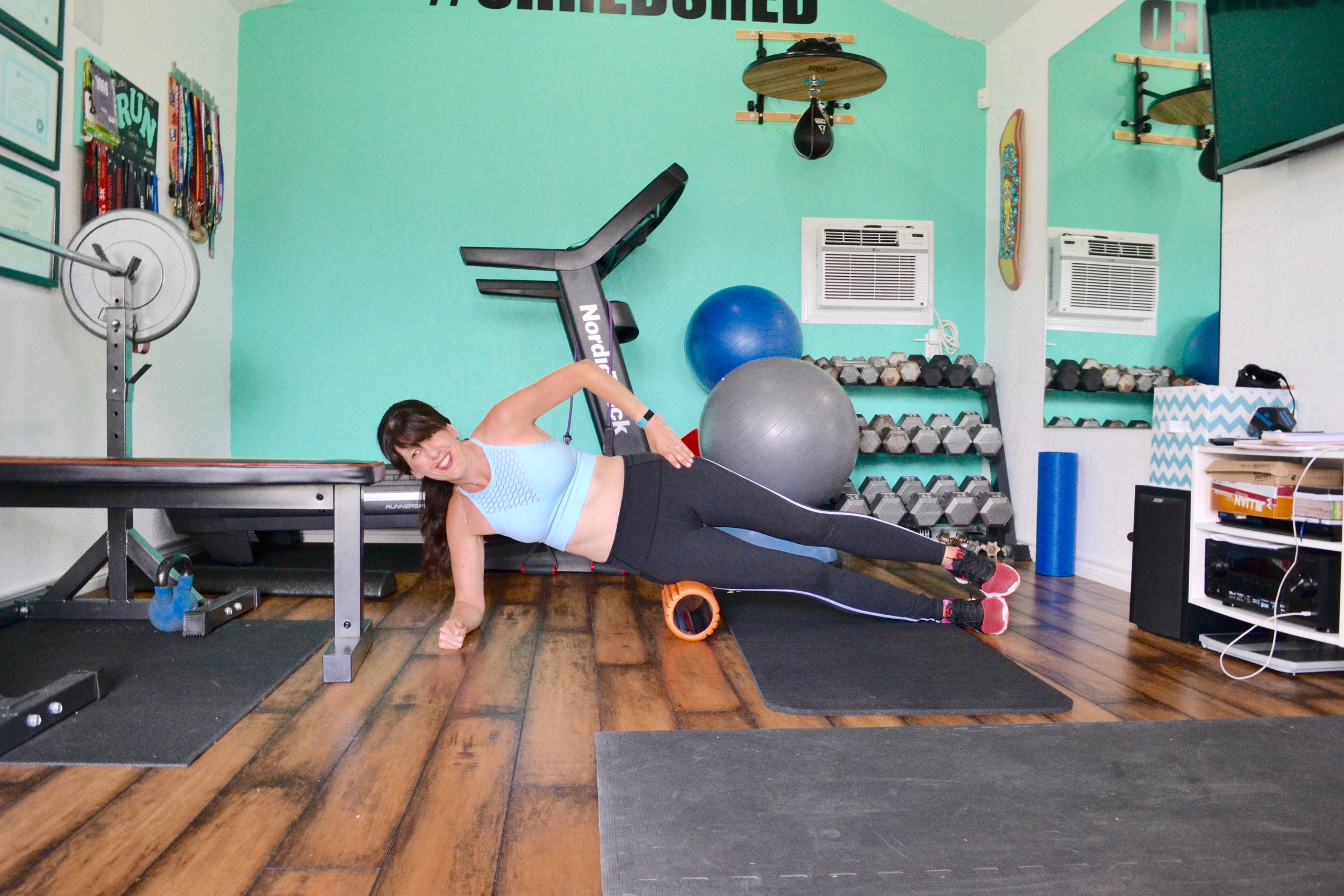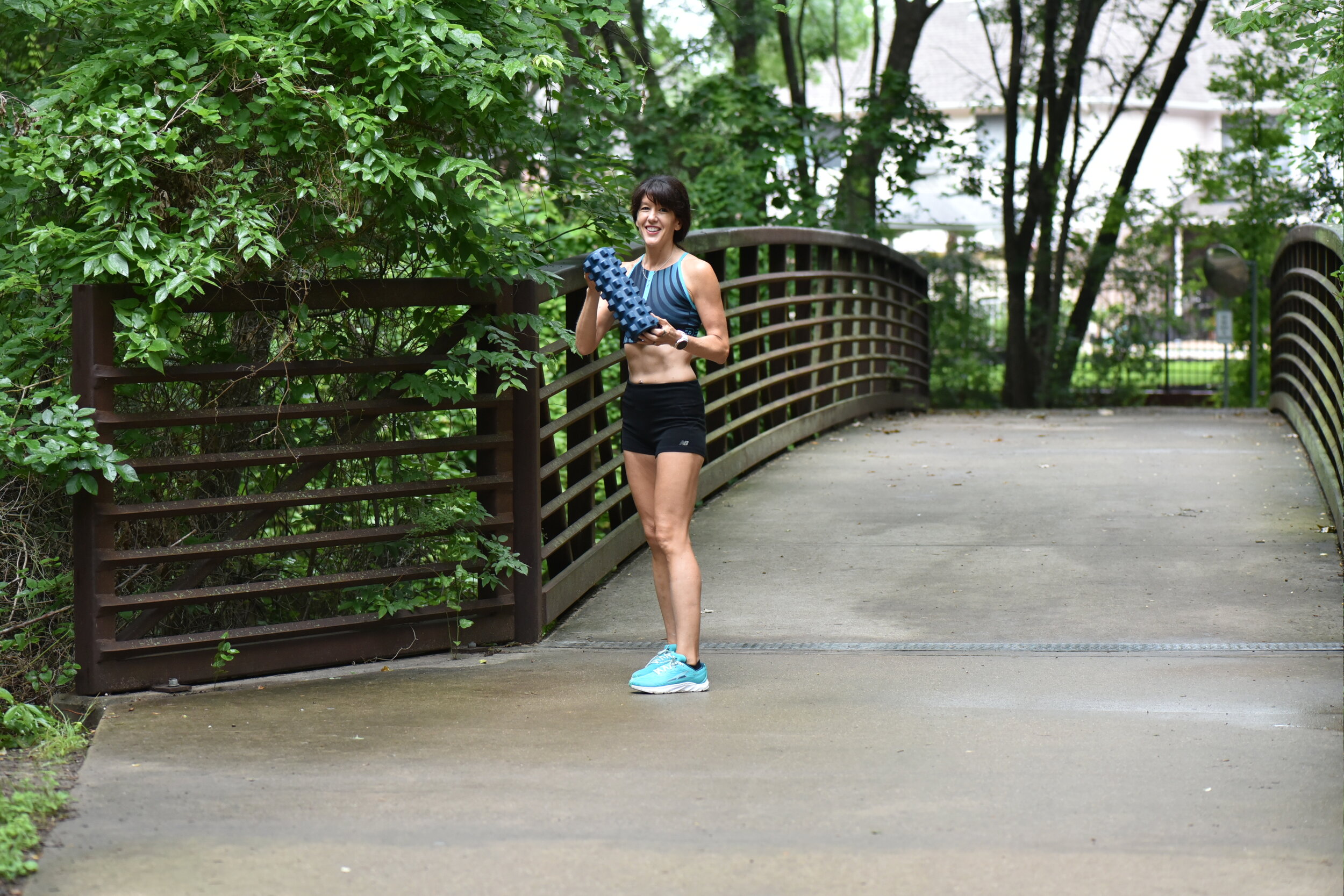This week for #workoutwednesday we are talking about active recovery because while working out is healthy, we also need to allow our bodies the time to recover from intense exercise.
I ran the BMW Dallas Half Marathon last weekend. The weather on Sunday was perfect for running, a cold but dry 38-degree morning. Anything above freezing is ideal because we warm up considerably once we start moving: I was stripping off layers and rolling up my sleeves by mile two.
The runners of the 5K and 10K on Saturday weren’t as fortunate as rain covered downtown Dallas as they ran, but runners are resilient. There’s no such thing as bad weather for runners, only bad gear. Runners, as runners do, made the best of the situation and got it done. Congratulations.
You finished your big race. Now what?
First things first, you’ll want to replenish your glycogen stores (eat all the healthy carbs!), rehydrate, and refuel with protein.
After I finished the half marathon, I jumped in my car and made the 40-minute trek back to Fort Worth. When I got out of the car at home, my muscles were so stiff that I could barely walk up the stairs on my front porch. It was a good reminder that we want to keep moving during recovery.
Rest and recovery doesn’t mean you lie on the couch for five days with a Netflix marathon after your real marathon. Ideally, we want to keep moving with active recovery.
What is Active Recovery?
The key to an active recovery is low-intensity movement. Running a long distance race can be stressful on your body, and we don’t want to add additional stress while our bodies recover. I recommend that you keep moving in the days after your race. Low-intensity activities like walking, foam rolling, stretching and Restorative Yoga are all excellent choices.
WALKING
Walking is a fantastic way to keep moving without adding additional stress. Walking can help relieve joint and muscular pain or stiffness. Your dog will thank you too.
Walking with dog
FOAM ROLLING
Foam rolling can help relieve muscular tension and decrease muscle soreness. Roll until you find a tender spot, then hold in place for 30 seconds. Read more in this post I wrote about foam rolling for runners.
TENSOR FASCIA LATAE -TFL (OUTER THIGH) Foam Rolling
STRETCHING OR RESTORATIVE YOGA
Stretching can help relieve muscle soreness, improve mobility, and release tight muscles. Hold each stretch for at least 30 seconds.
hip flexor stretch with rotation
How Many Rest or Active Recovery Days Should I Take After My Race?
It’s highly individual depending on your fitness level and experience, but most people will benefit by taking four to five days after a half marathon and at least a week after a full marathon. Your first few runs back into training should be slow and easy. This of course doesn’t mean you should sit on the couch for a week but instead spend your normal workout time performing other low intensity exercises that will benefit your recovery.
How are you recovering? Keep moving. Honor your body’s feedback and ease back into exercise after a big race.
Did you like this post? Do you know someone who might benefit? It helps me when you share with your friends and followers.















Runners who strength train are stronger, faster, and less injury-prone! While focusing on runner-specific exercises, I’ll show you the benefits of resistance training with one piece of equipment—a kettlebell. This program is five weeks of progressive workouts that take about thirty minutes each, two to three times per week.